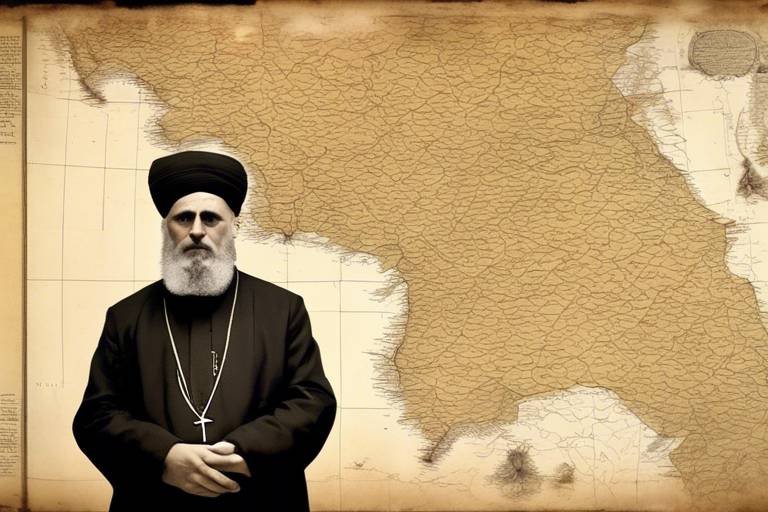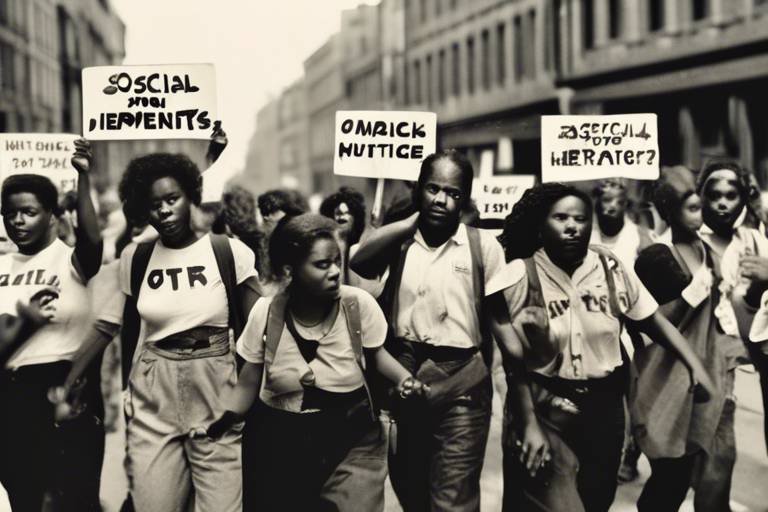The Importance of Documentation in Heritage Preservation
Preserving cultural heritage is like safeguarding a treasure trove of stories, traditions, and knowledge for future generations. At the heart of this noble endeavor lies the critical role of documentation. Documenting heritage sites, artifacts, and practices is not merely about capturing images or writing descriptions; it is about creating a time capsule that preserves the essence of our past and ensures its continuity into the future.
Imagine a world without accurate records of ancient monuments, traditional crafts, or age-old rituals. The very fabric of our cultural identity would be at risk of unraveling, lost to the ravages of time and neglect. Documentation serves as a lifeline, anchoring us to our roots and allowing us to navigate the complexities of our heritage with clarity and purpose.
Through meticulous documentation, we can piece together the puzzle of history, uncovering the secrets hidden within the architectural marvels of bygone eras. Every stone, every carving, every intricate detail tells a story of craftsmanship and ingenuity, waiting to be deciphered and celebrated. By recording these architectural details, we not only preserve the physical structures but also the spirit of the communities that built them.
Furthermore, documentation extends beyond the realm of tangible heritage to capture the intangible essence of cultural practices. From ancient healing rituals to vibrant dance forms, each tradition is a thread in the rich tapestry of human experience. By documenting these cultural practices, we ensure that their vibrancy and significance are not lost in the passage of time, but rather shared and cherished by generations to come.
In the digital age, technology has become a powerful ally in the documentation of heritage. Advanced tools such as 3D scanning and GIS mapping allow us to create detailed virtual replicas of heritage sites, offering a new perspective on preservation and research. With the aid of digital tools, we can bridge the gap between the past and the present, making heritage more accessible and engaging for a global audience.
However, the true essence of heritage preservation lies in the involvement of local communities. When communities are empowered to document their own heritage, a sense of ownership and pride emerges, fostering a culture of stewardship and respect. By engaging local knowledge holders and practitioners, we ensure that heritage documentation is not just a technical exercise but a collaborative journey towards cultural revitalization.
As we look towards the future, the challenges of heritage documentation are manifold. From securing funding for projects to navigating ethical considerations in data collection, each hurdle presents an opportunity for innovation and collaboration. By addressing these challenges head-on and embracing new technologies and methodologies, we can pave the way for a more inclusive and sustainable approach to heritage preservation.
In conclusion, the importance of documentation in heritage preservation cannot be overstated. It is the foundation upon which we build our understanding of the past, the present, and the future. By documenting our cultural heritage with care and diligence, we not only honor the legacy of our ancestors but also create a legacy of our own for generations yet to come.

Preserving Historical Integrity
Exploring the critical role of documentation in preserving cultural heritage, including the significance of accurate records, digital technology advancements, community involvement, and the impact on future generations.
Preserving the historical integrity of heritage sites, artifacts, and traditions is paramount in ensuring their authenticity and safeguarding them for posterity and research purposes. By meticulously documenting historical elements, we create a bridge between the past and the present, allowing future generations to experience and learn from our rich cultural heritage.
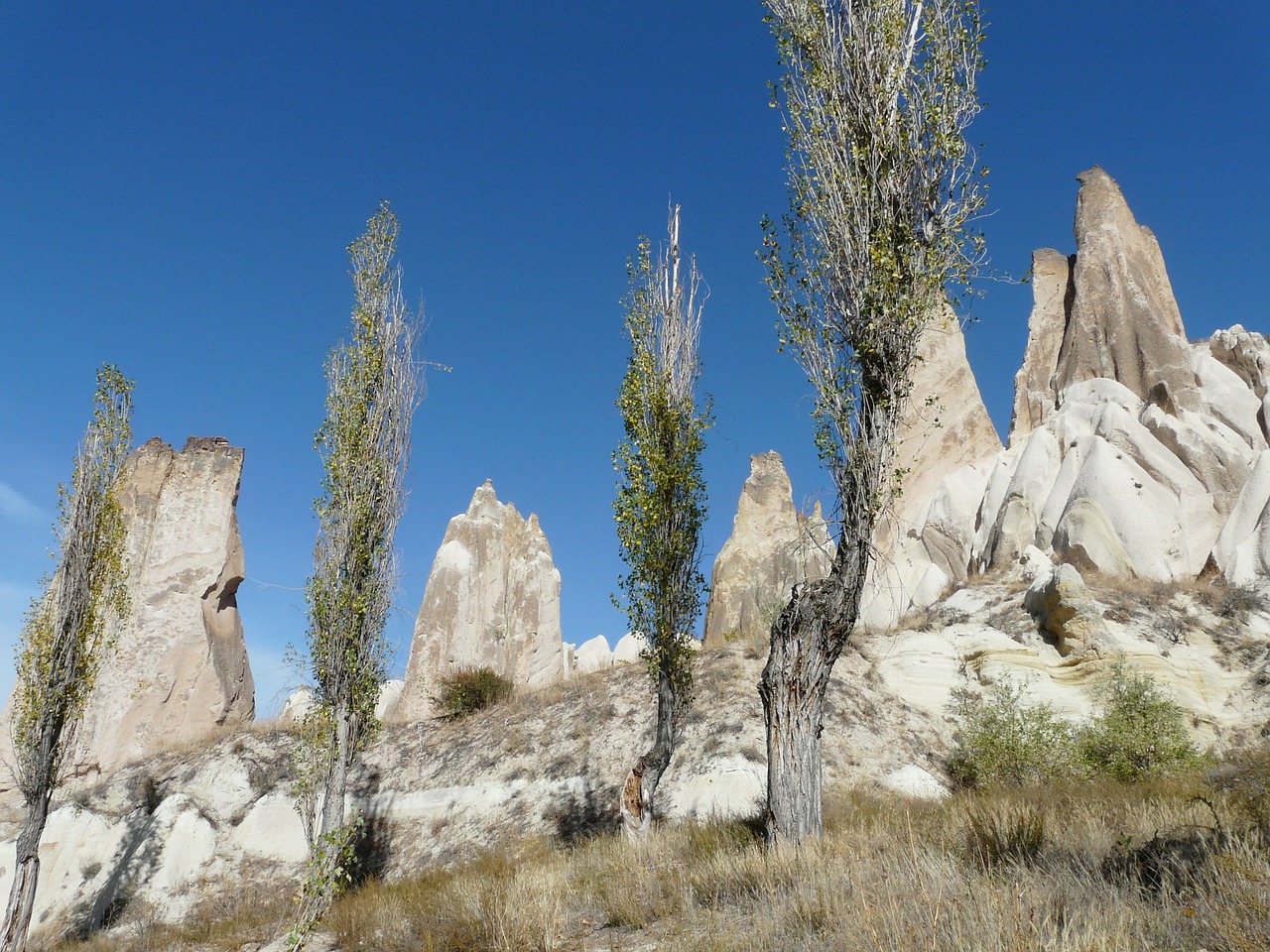
Recording Architectural Details
Exploring the critical role of documentation in preserving cultural heritage, including the significance of accurate records, digital technology advancements, community involvement, and the impact on future generations.
When it comes to heritage preservation, recording architectural details plays a pivotal role in capturing the essence and historical significance of structures. Documenting architectural features, construction techniques, and materials used in heritage buildings not only aids in restoration and conservation efforts but also serves as a roadmap for future replication projects. Imagine these details as the building blocks of history, each telling a unique story of craftsmanship and design.
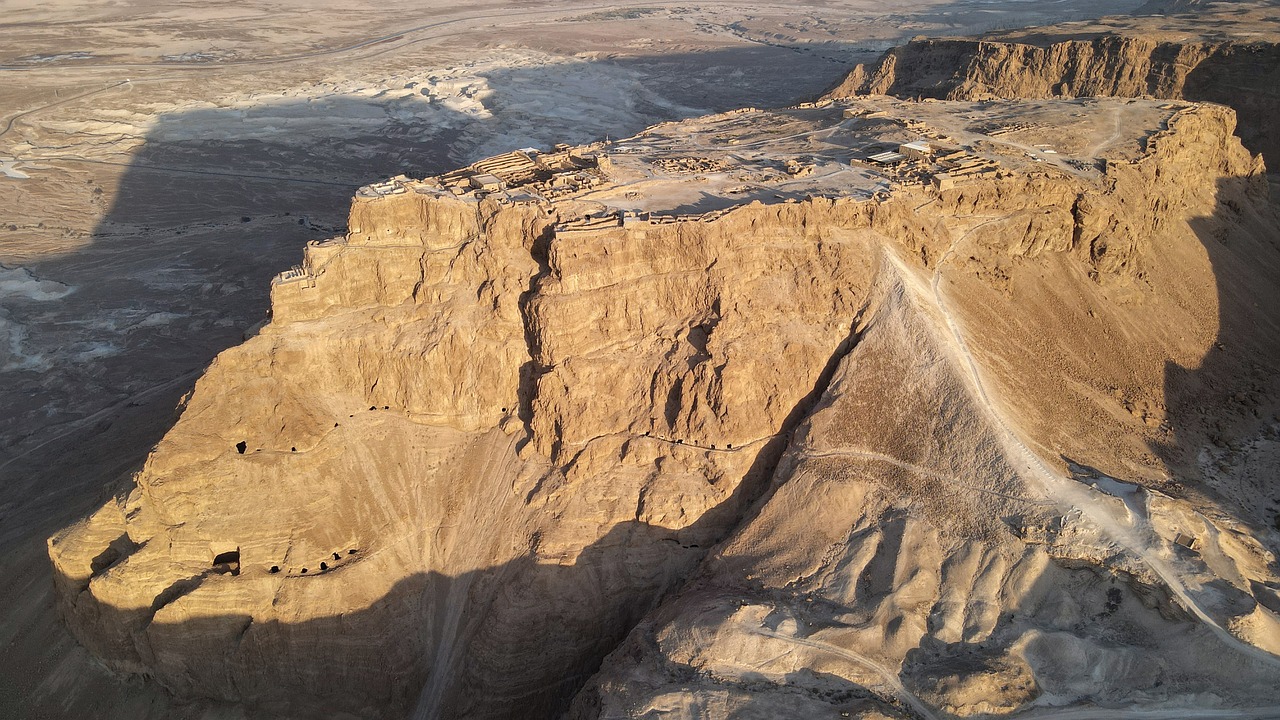
Documenting Cultural Practices
Documenting cultural practices is a vital aspect of heritage preservation, capturing the essence of traditional crafts, rituals, festivals, and other cultural expressions. By meticulously recording these practices, we ensure that their significance and uniqueness are preserved for future generations to appreciate and learn from. Imagine a tapestry woven with threads of tradition and history, each strand representing a cultural practice that contributes to the rich fabric of our heritage.
Through detailed documentation, we not only safeguard these cultural practices from fading into obscurity but also promote cultural diversity and understanding. It is akin to creating a time capsule that encapsulates the spirit and soul of a community, allowing us to revisit and relive these traditions even as the world around us evolves rapidly.
One of the key benefits of documenting cultural practices is the transmission of knowledge and skills to the next generation. By capturing the intricate details of traditional craftsmanship, ceremonial rites, and celebratory events, we ensure that the wisdom and artistry inherent in these practices are passed down intact. It is like handing down a precious heirloom, preserving the legacy of our ancestors and providing a roadmap for future cultural custodians.
Moreover, documenting cultural practices fosters a sense of pride and identity within communities, reinforcing their connection to their heritage. When individuals see their customs and rituals documented with care and respect, it instills a sense of belonging and ownership, empowering them to continue these traditions with renewed vigor and enthusiasm. It is a testament to the resilience and vibrancy of cultural heritage in the face of modernization and globalization.
Utilizing a combination of traditional documentation methods and modern digital tools, such as audiovisual recordings, written accounts, and interactive multimedia presentations, we can create a comprehensive archive of cultural practices that transcends time and space. This archival treasure trove serves as a bridge between the past, present, and future, allowing us to celebrate our cultural heritage in all its richness and diversity.

Utilizing Digital Tools
Utilizing digital tools is revolutionizing the way we document and preserve cultural heritage. The advent of technologies like 3D scanning, GIS mapping, and virtual reality has opened up new possibilities for capturing and showcasing heritage sites with unparalleled accuracy and detail. These tools allow us to create virtual replicas of historical buildings, archaeological sites, and artifacts, providing researchers, conservationists, and the public with immersive experiences that were once unimaginable.
3D scanning, in particular, has become a game-changer in heritage documentation. By capturing three-dimensional data of objects and structures, researchers can create detailed models that can be studied, analyzed, and shared digitally. This not only aids in preservation efforts but also allows for in-depth research and interpretation of heritage assets without risking damage to the originals.
GIS mapping technology plays a crucial role in documenting heritage sites by georeferencing and spatially organizing data. This enables researchers to understand the context of historical locations, track changes over time, and plan conservation strategies effectively. GIS mapping also facilitates the creation of interactive maps and visualizations that enhance public engagement and educational outreach.
Virtual reality (VR) is another powerful tool that is transforming the way we experience and interact with cultural heritage. By immersing users in realistic digital environments, VR technology enables virtual tours of heritage sites, interactive exhibitions of artifacts, and educational simulations of historical events. This not only makes heritage more accessible to a wider audience but also fosters a deeper appreciation and understanding of our shared past.
Overall, the utilization of digital tools in heritage documentation is not just about capturing images or data; it's about creating dynamic, engaging, and informative experiences that bridge the gap between the past and the present. By embracing these technologies, we can ensure that our cultural heritage remains alive, vibrant, and relevant for generations to come.
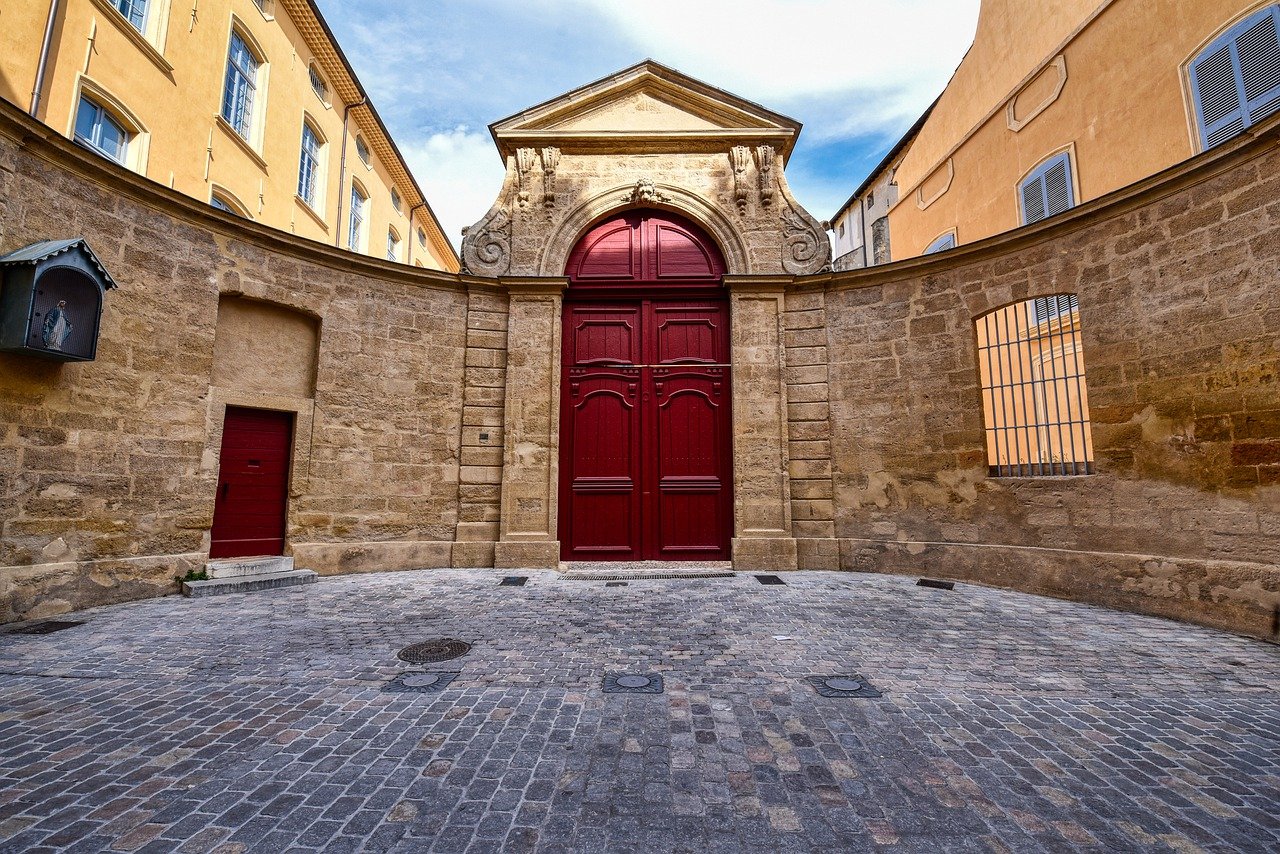
Engaging Local Communities
Engaging local communities in heritage preservation projects is crucial for fostering a sense of ownership and connection to their cultural heritage. By involving community members in documentation efforts, not only are their voices heard, but their expertise and traditional knowledge can significantly contribute to the accuracy and completeness of the records.
One effective way to engage local communities is through collaborative workshops where residents can share their stories, memories, and insights about the heritage sites or practices being documented. This participatory approach not only enriches the documentation process but also empowers community members to take an active role in preserving their heritage.
Furthermore, educational programs tailored to local schools or community centers can raise awareness about the importance of heritage preservation and encourage intergenerational dialogue. By instilling a sense of pride and responsibility in younger generations, the continuity of cultural practices and traditions can be secured for the future.
Engaging local communities also involves collaborating with local leaders, organizations, and cultural groups to ensure that the documentation efforts are inclusive and representative of diverse perspectives within the community. This collective approach not only strengthens social cohesion but also fosters a sense of belonging and identity among community members.
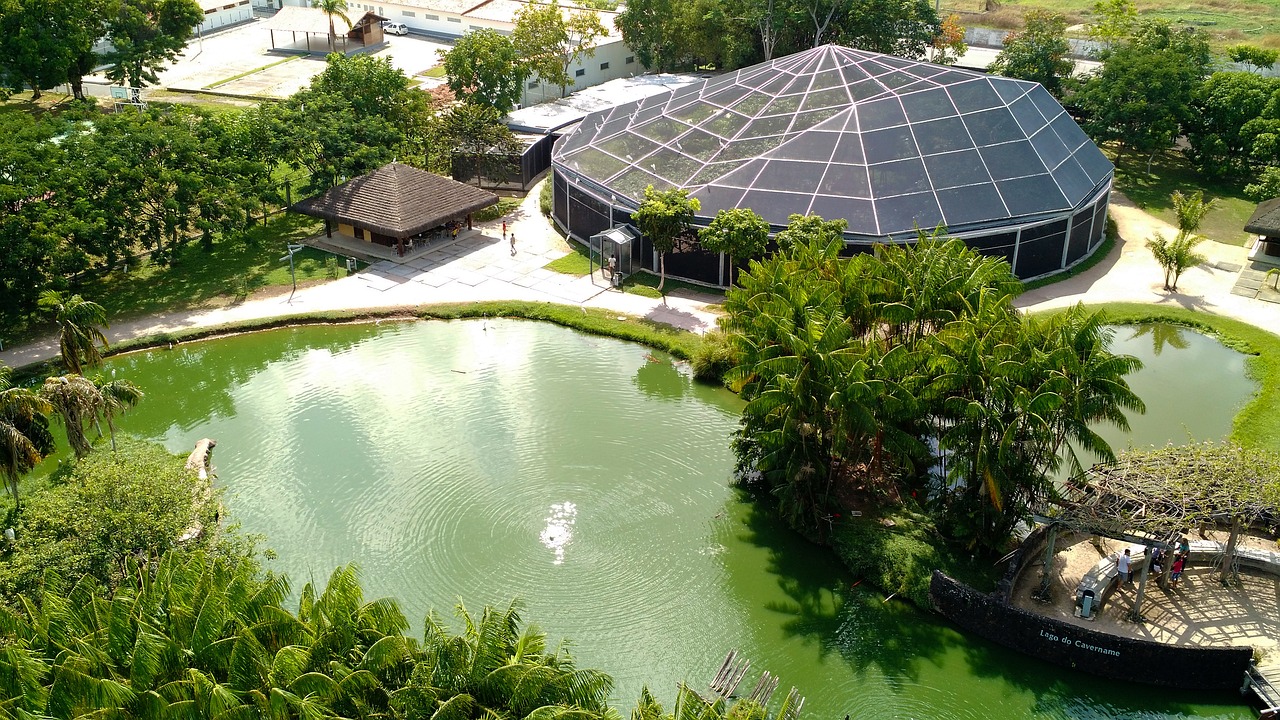
Ensuring Long-Term Conservation
Ensuring long-term conservation of cultural heritage is a multifaceted endeavor that requires meticulous planning and continuous monitoring. By documenting heritage sites, artifacts, and practices comprehensively, conservation efforts can be guided effectively over time. These records serve as a crucial baseline for understanding the original state of heritage elements and tracking any changes or deterioration that may occur.
One key aspect of ensuring long-term conservation is the regular monitoring of heritage sites and structures. By utilizing digital tools like remote sensing and drones, conservationists can conduct detailed surveys and assessments without causing any physical harm to the heritage sites. This data can then be compared over time to identify any signs of degradation or threats to the integrity of the cultural assets.
Furthermore, documentation plays a vital role in decision-making processes related to conservation interventions. By having accurate records of the architectural details, materials used, and historical significance of heritage structures, conservationists can make informed choices about restoration techniques, maintenance schedules, and preservation priorities. This proactive approach helps prevent irreversible damage and ensures the longevity of cultural heritage for future generations.
In addition to physical conservation efforts, long-term conservation also involves community engagement and education. By involving local communities in the documentation and conservation processes, a sense of ownership and responsibility towards the heritage is fostered. This not only ensures the active participation of the community in safeguarding their cultural legacy but also promotes sustainable practices that contribute to the preservation of heritage for years to come.

Challenges in Documentation
When it comes to documenting heritage for preservation, various challenges can arise that may hinder the process. One of the primary challenges is the issue of funding constraints, as heritage documentation projects often require significant financial resources to carry out effectively. Securing funding for equipment, technology, and skilled professionals can be a barrier for many organizations and communities looking to document their heritage.
Technical limitations also pose a challenge in heritage documentation, especially when dealing with complex structures or artifacts that require specialized equipment or expertise. Ensuring the accuracy and completeness of the documentation while navigating technical constraints can be a daunting task for preservation efforts.
Ethical considerations play a crucial role in heritage documentation, particularly when dealing with sensitive cultural information, sacred sites, or indigenous knowledge. Respecting the privacy, beliefs, and practices of communities while documenting their heritage requires a delicate balance of ethical standards and cultural sensitivity.
The need for interdisciplinary collaboration is another challenge faced in heritage documentation. Bringing together experts from various fields such as archaeology, architecture, anthropology, and technology is essential to ensure comprehensive and accurate documentation. Coordinating efforts among diverse professionals with different expertise and perspectives can be a complex but necessary aspect of heritage preservation.
Despite these challenges, overcoming them through innovative solutions, community engagement, and strategic partnerships can lead to successful heritage documentation projects that contribute to the preservation of cultural heritage for future generations.

Future of Heritage Documentation
As we look towards the future of heritage documentation, exciting advancements and innovations are on the horizon, poised to revolutionize the field. One of the key trends that is expected to shape the future of heritage preservation is the integration of artificial intelligence (AI) in data analysis. AI technologies have the potential to streamline the documentation process, analyze vast amounts of data quickly and efficiently, and extract valuable insights that can inform conservation strategies.
Furthermore, immersive digital experiences are set to play a significant role in how we engage with and interpret heritage sites. Virtual reality (VR) and augmented reality (AR) technologies offer immersive and interactive experiences that can transport users to historical contexts, allowing for a deeper understanding and appreciation of cultural heritage. These technologies have the power to make heritage sites more accessible to a wider audience and create engaging educational experiences.
Moreover, the future of heritage documentation will likely see a greater emphasis on the integration of indigenous knowledge systems. Recognizing the value of indigenous perspectives in heritage preservation, efforts are being made to incorporate traditional knowledge and practices into documentation processes. This holistic approach not only enriches our understanding of heritage but also ensures that indigenous communities are active participants in preserving their cultural legacy.
Frequently Asked Questions
- What is the significance of documentation in heritage preservation?
Documentation plays a crucial role in preserving cultural heritage by ensuring accurate records of historical sites, artifacts, and traditions. It helps maintain authenticity, aids in restoration efforts, and passes down knowledge to future generations.
- How does documenting architectural details contribute to heritage preservation?
Recording architectural features, construction techniques, and materials used in heritage structures is essential for restoration, conservation, and replication purposes. It helps in maintaining historical integrity and guiding preservation efforts.
- What are the benefits of utilizing digital tools in heritage documentation?
Digital tools such as 3D scanning, GIS mapping, and virtual reality enhance the accuracy, accessibility, and preservation of heritage sites. They facilitate better documentation, monitoring of changes, and immersive experiences for preservation efforts.
- Why is community involvement crucial in heritage documentation projects?
Engaging local communities in documentation projects empowers them, fosters cultural pride, and ensures the preservation of intangible heritage elements. It promotes inclusivity, shared ownership, and sustainable conservation practices.
- What are the challenges faced in heritage documentation?
Challenges include funding constraints, technical limitations, ethical considerations, and the need for interdisciplinary collaboration. Overcoming these obstacles requires innovative approaches, resource mobilization, and stakeholder engagement.
- What does the future hold for heritage documentation?
The future of heritage documentation may involve AI-assisted data analysis, immersive digital experiences, and the integration of indigenous knowledge systems. Embracing technological advancements and diverse perspectives is key to holistic preservation efforts.









